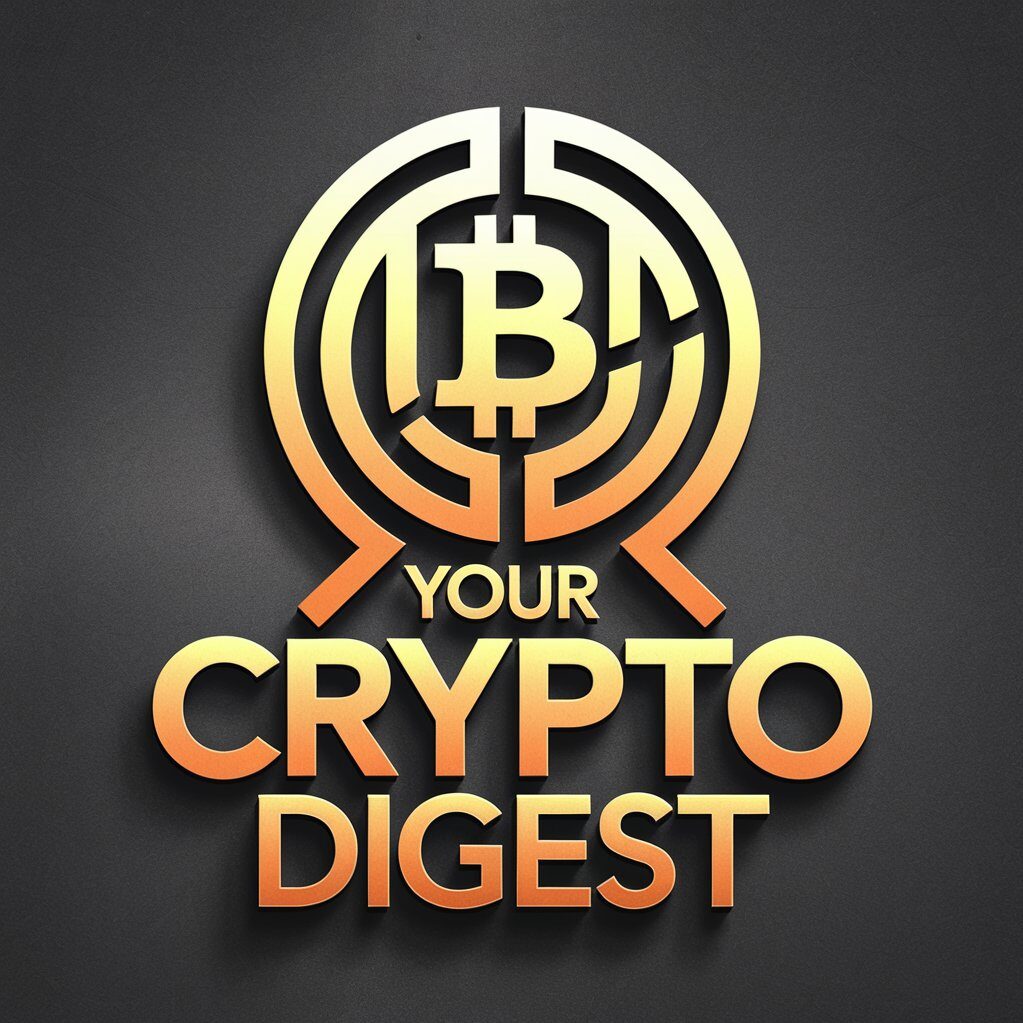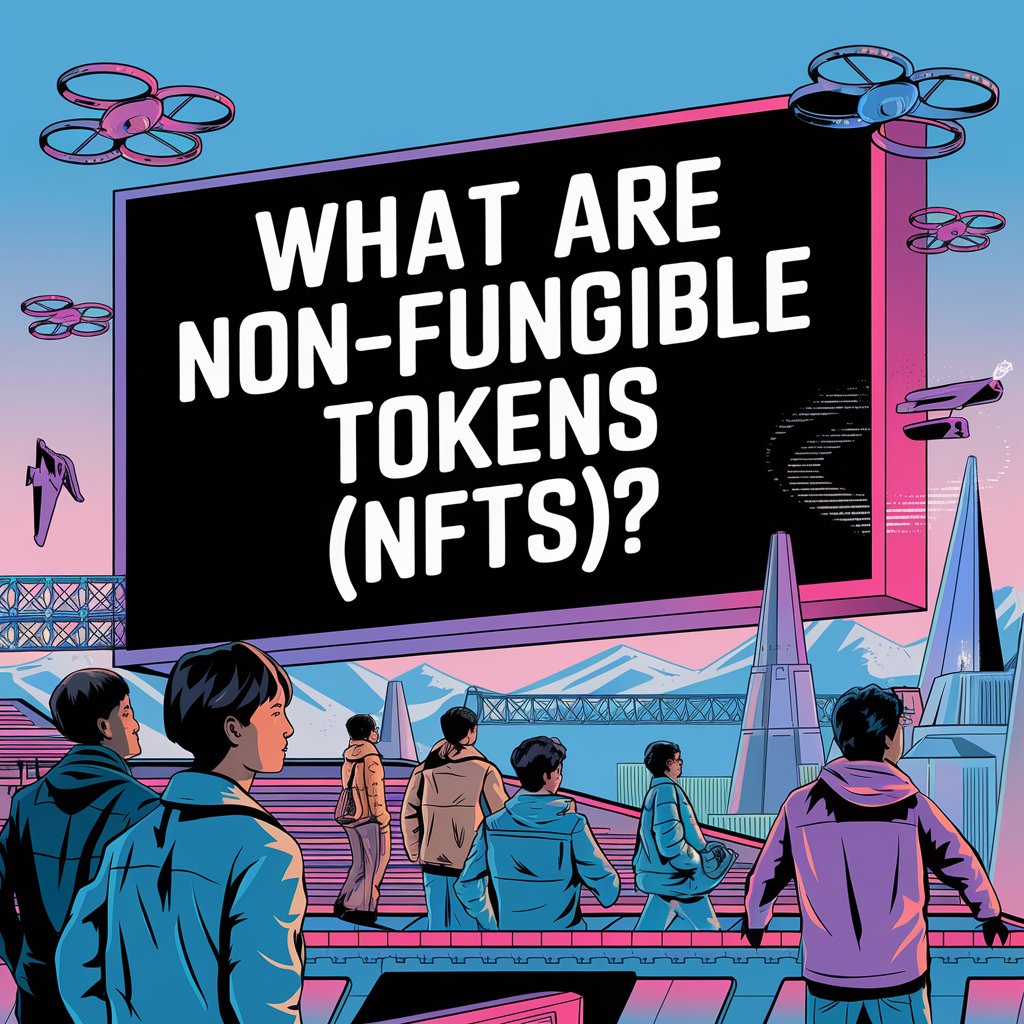Non-Fungible Tokens (NFTs) are all the rage in the digital world right now, but many people are still asking: What exactly are NFTs?
You may have heard about these digital assets in the news, seen celebrities jumping on the NFT bandwagon, or even heard about people selling digital art for millions of dollars.
But how do NFTs actually work, and what makes them so special? In this blog post, we’ll explain everything you need to know about NFTs—what they are, how they work, why they’re valuable, and how you can get involved.
By the end of this article, you’ll have a clear understanding of NFTs, and you might even be inspired to start exploring this exciting world of digital ownership, whether you’re an artist, a collector, or simply curious.
What Is Non-Fungible Tokens (NFTs)?
First things first—what is an NFT? Simply put, an NFT is a unique digital item that is verified using blockchain technology. The key thing to understand here is that an NFT is non-fungible. Let’s break that down a bit:
- Non-Fungible: “Non-fungible” means something is one-of-a-kind. Think about it like a rare trading card or a unique piece of art. These items cannot be replaced with something exactly the same. In contrast, something that is fungible, like a dollar bill or bitcoin, can be exchanged for another of the same value and type.
- Token: In the case of NFTs, a token is just a digital certificate that proves ownership of something. In the NFT world, these tokens are created and stored on a blockchain, which ensures that the ownership is secure and transparent.
Example to Help You Understand:
Imagine you have a rare digital artwork. This piece is unique because it was created by an artist and is being sold as an NFT.
When you buy the NFT, you essentially own the original digital artwork. You might be able to share it or showcase it online, but everyone will know that you are the official owner because of the NFT’s record on the blockchain.
How Do NFTs Work? The Power of Blockchain
NFTs work through blockchain technology, which is the same tech behind cryptocurrencies like Bitcoin and Ethereum. But unlike cryptocurrency, which is interchangeable, NFTs are unique.
Let’s simplify this:
- Blockchain: Think of a blockchain like a digital ledger that records transactions in a secure and transparent way. This ledger is public, so anyone can view it, and it’s virtually impossible to change or tamper with. When an NFT is created (or “minted”), the blockchain records that creation, storing it forever.
- Decentralization: The blockchain is decentralized, meaning no one person or organization has control over it. This is what makes NFTs so secure—there is no central authority that can alter the record of ownership.
- Minting NFTs: To create an NFT, digital assets (like images, videos, music, or even tweets) are minted onto a blockchain. This process involves turning the digital asset into an NFT, effectively creating a unique digital token that represents that specific item.
Real-Life Example:
Let’s say an artist creates a digital painting and decides to sell it as an NFT. The artist mints the artwork as an NFT, and it gets recorded on the Ethereum blockchain. When someone buys the NFT, the transaction is logged on the blockchain, and the buyer becomes the official owner of the artwork.
Why Are NFTs Valuable?
So, why are NFTs so valuable? What makes someone pay millions of dollars for a digital image or GIF? The value of an NFT is based on several factors, including scarcity, ownership, and authenticity.
- Scarcity: Just like physical art, an NFT can be one-of-a-kind or part of a very limited series. Because NFTs are digital, it might seem like they can be easily copied, but blockchain ensures that the original NFT can’t be duplicated. If someone buys an NFT, they own the authentic version—just like owning an original painting over a print.
- Ownership and Provenance: NFTs use blockchain technology to verify ownership. This means there’s an irrefutable record that shows you own the item. For collectors, this creates a sense of exclusivity, knowing they own something rare that can’t be copied or forged.
- Creator Royalties: One unique feature of NFTs is that creators can earn royalties every time their NFT is resold. This is a game-changer for artists, musicians, and creators because they can continue to benefit financially as their work changes hands in the secondary market.
A Story to Illustrate the NFT World: Beeple’s $69 Million NFT
Now, let’s take a look at a real-life success story that highlights the potential value of NFTs.
In March 2021, a digital artist named Beeple made headlines when his artwork “Everydays: The First 5000 Days” sold at auction for a staggering $69 million. This sale took place at Christie’s, one of the world’s most famous auction houses, and the buyer received the NFT tied to the digital artwork.
What made this so remarkable? Beeple had been creating digital art for years, but his work had never sold for anything close to that amount before.
By turning his art into an NFT, Beeple was able to prove its authenticity and ownership, allowing him to sell it for a record price. The sale sparked even more interest in NFTs, pushing them into the mainstream.
Share Your Thoughts:
Imagine if you could own an NFT from your favorite artist or musician. What would it be? Leave a comment below and share your thoughts on which NFT you’d love to own!
Types of NFTs and Their Uses
NFTs aren’t just limited to digital art—there are many different types of NFTs used in various industries:
- Digital Art: The most popular and well-known use for NFTs, artists create digital artwork and sell it directly as NFTs to collectors.
- Music and Video: Musicians are releasing albums, songs, and even concert tickets as NFTs. This allows fans to support artists directly and own exclusive content.
- Gaming: In the world of online gaming, NFTs are used for in-game items like characters, skins, weapons, and even land. These virtual items can be bought, sold, or traded on various marketplaces.
- Virtual Real Estate: Believe it or not, you can buy and sell virtual land in digital worlds like Decentraland or The Sandbox. These virtual worlds allow you to build and customize your property, creating new ways for people to invest in virtual assets.
- Collectibles: Digital trading cards, rare tweets, and other collectibles are also being sold as NFTs. For example, the first tweet ever made by Twitter co-founder Jack Dorsey was sold as an NFT for over $2.9 million.
How Can You Get Involved with NFTs?
Feeling excited? Here’s how you can get started in the world of NFTs:
- Create a Digital Wallet: You’ll need a digital wallet to store your NFTs. Popular wallets include MetaMask, Coinbase Wallet, and Trust Wallet.
- Buy Some Cryptocurrency: Most NFTs are bought using Ethereum (ETH), so you’ll need to purchase some ETH from an exchange like Coinbase or Binance.
- Choose an NFT Marketplace: Once you’ve got your wallet and cryptocurrency ready, you can visit NFT marketplaces like OpenSea, Rarible, or Foundation to browse and buy NFTs. Many artists also sell NFTs directly on their own websites.
- Buy or Create Your Own NFTs: If you’re a creator, you can mint your own NFTs and sell them on these platforms. Minting an NFT involves uploading your digital creation and paying a small fee (called gas fees) to have it recorded on the blockchain.
Share Your Thoughts:
Do you think you’d be more interested in collecting NFTs or creating your own? Vote in the poll below and share your thoughts!
Are NFTs Here to Stay?
The future of NFTs is still up for debate. While some people believe NFTs are just a passing trend, others think they represent the future of digital ownership. As technology evolves, NFTs may expand into other areas like virtual reality, fashion, and even education.
The NFT Revolution Is Just Beginning
NFTs are revolutionizing the way we think about ownership in the digital world. Whether it’s digital art, music, or even virtual real estate, NFTs are providing a way for creators to get paid directly, and for collectors to own unique digital items.
While NFTs are still relatively new, their potential is huge—and we’re just scratching the surface.
If you’re ready to dive deeper into the world of cryptocurrencies, blockchain, and NFTs, subscribe to our “Your Crypto Digest Newsletter” for more expert tips and resources to help you stay ahead of the curve.
Subscribe now and never miss out on the latest trends in the world of crypto!
Call to Action:
Ready to learn more about NFTs and other digital trends? Sign up for our newsletter to stay updated and become a part of the crypto revolution!

